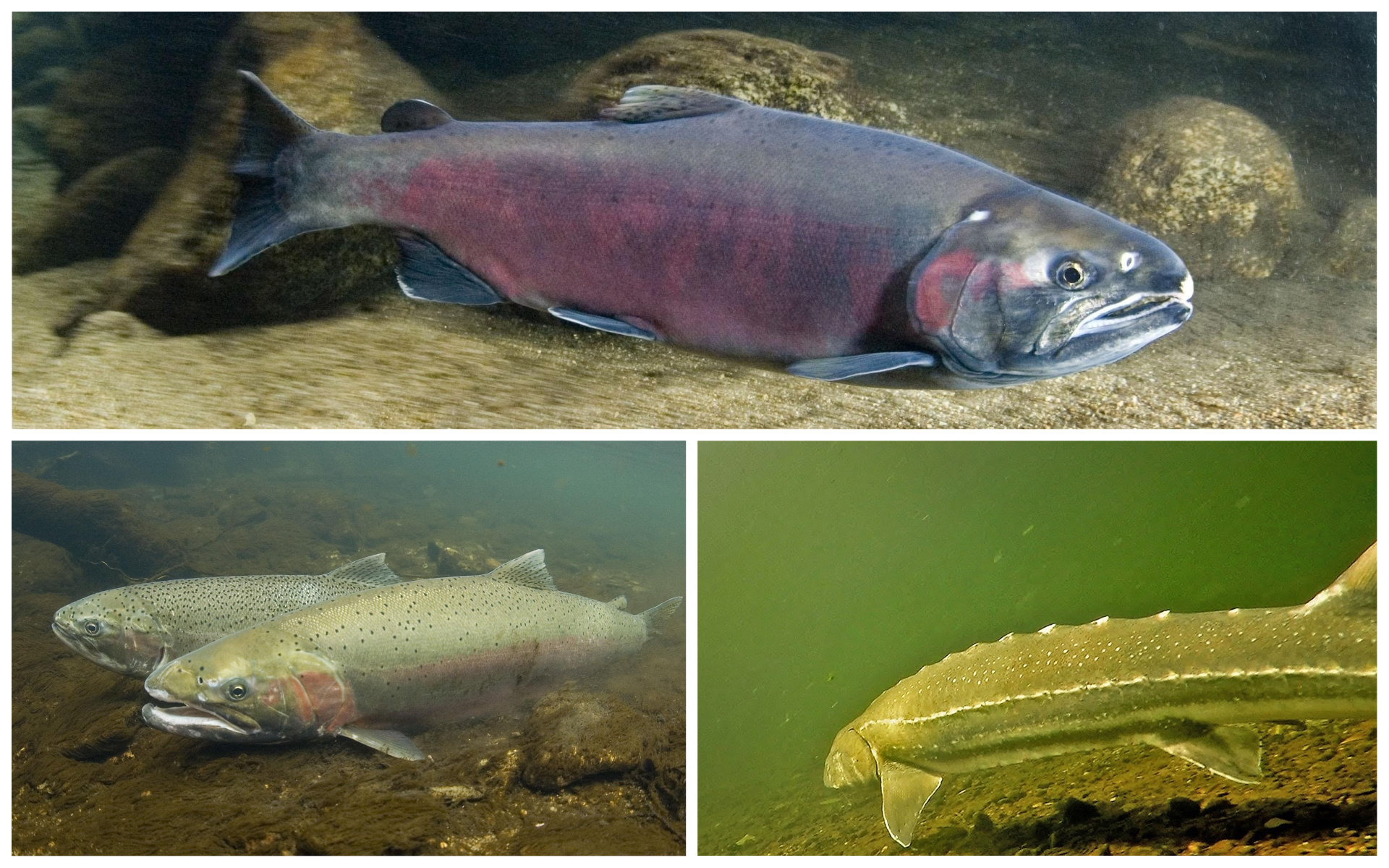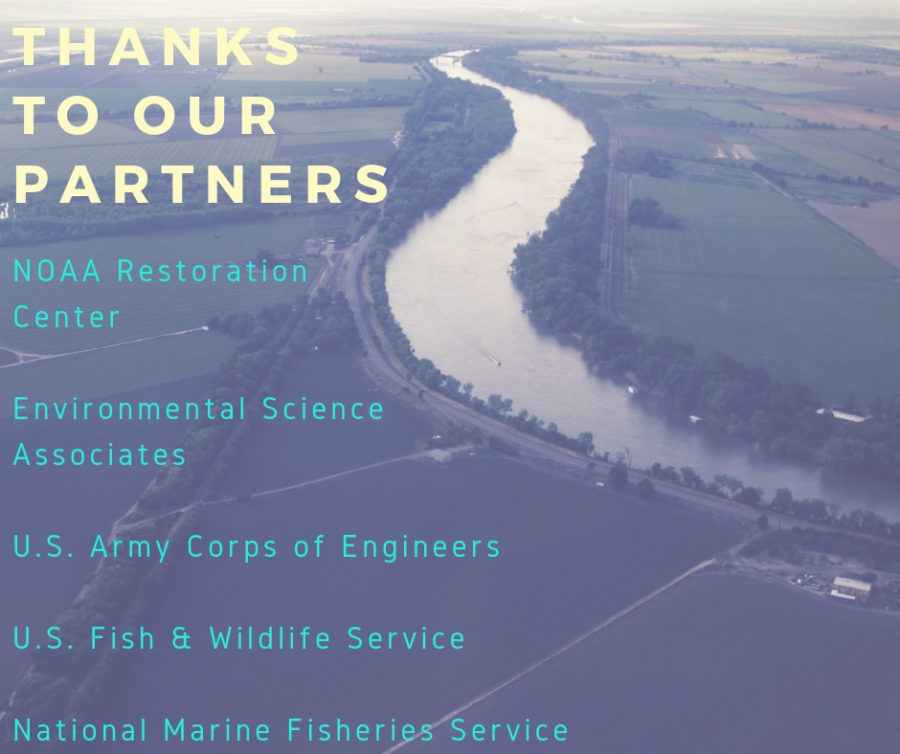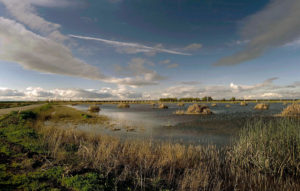
California’s Bay-Delta is complex, and home to some of our most imperiled species and degraded waterways. There are many opportunities for habitat restoration and stakeholders and advocates are eager to do the work, but navigating the complex web of environmental regulations can be costly, and time-consuming.
With significant new funding from bond measures and other sources, more habitat restoration projects are in the works. However, the funding typically doesn’t include the permits to get the work done, which can delay project implementation and result in less money available for on-the-ground work.
So, what can we do?
Progress, New Opportunities

One way we can help is partnering with agencies that oversee restoration project permitting. Together, we’ve crafted new and accelerated approvals while maintaining strict environmental protections.
Our Accelerating Restoration team worked with a team of consultants and agency partners to develop a programmatic Biological Assessment (BA) for the National Marine Fisheries Service (NMFS) to review, approve and use to issue a programmatic Biological Opinion (BO).
A BO like this one is an example of a “pre-developed” permit. These permit types eliminate the need to write a brand-new permit for each project. Now, projects just need to quality for the pre-written permit to be eligible for approval.
This new permit means 20 different types of common restoration projects that might impact the endangered species NMFS is charged with protecting can now move forward more quickly without sacrificing any environmental protections. NMFS’ recovery plans and strategies acknowledge the need for priority restoration projects to be permitted efficiently so these projects can get constructed and species recovery can proceed.
Agency, Practitioner Partnership

Projects like the Yolo Bypass provide habitat for salmonids and waterfowl while reducing flood risks for communities. Photo: Steve Payer/California Department of Water Resources.
Programmatic permits don’t just save time and money – they also foster stronger relationships between the people on the ground getting restoration done and agency staff whose mandates are to protect our species and waterways. Advocates can work closely with agency staff on their applications for higher-quality project design and swift approvals, and staffers can review applications more quickly. Most importantly, more of the funding that’s available for project implementation can go directly to construction and on-the-ground work.
With over 150 projects approved in California under programmatic BOs, the need for more beneficial restoration is clear. Each new permit means more restored river habitat for struggling fish, abundant streambank vegetation for wildlife and even groundwater recharge for local water supplies. Thank you to all of our partners for their collaboration and staff time dedicated to making this permit a success.
Collaboration for healthy streams, watersheds, and wildlife. It’s a win for our environment and our communities.
